


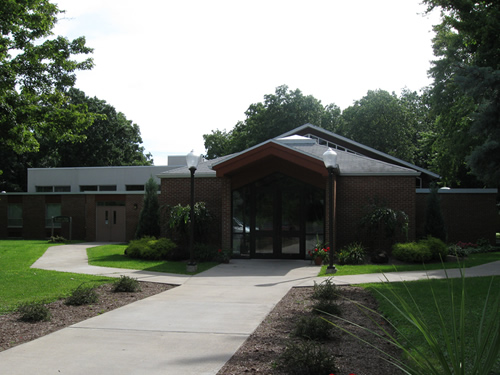

As a result of growing congregations at both St. Louis in Pittsford and Our Lady of Lourdes in Brighton, Bp. Kearney determined early in 1960 that a new parish was needed in the southeastern region of the town of Brighton. Fr. James Slattery was chosen to the be the founding pastor for what would become Our Lady Queen of Peace, a name chosen by Slattery. Msgr. John Randall purchased 10 acres of land on Edgewood Avenue on behalf of the diocese to be used for this new parish. The land was bought for $30,000 from Shantz Homes. The pastor went door to door to determine the number of households in his new parish, which turned out to be 204. On September 14, 1960, Bp. Kearney officially decreed the establishment of Our Lady Queen of Peace parish.
It was originally intended to build a large building to use as a temporay church which would later be converted into a gymnasium for the parish school. $150,000 of the $300,000 needed was raised through a building campaign begun in November of 1960, and Edwin J. Ribson was hired to be the architect for the new church. As part of the first phase of construction, a temporary church was built and four classrooms for the parish school. The first Mass was offered in February of 1962, and Bp. Kearney dedicated the church building two months later on April 29. The school opened later that year.
In the mid 1960s, an additional four classrooms were added to the school, and a convent was constructed for the Sisters of Mercy (who were charged with running the school). Demographics in surrounding neighborhoods changed as the decade wore on, and by 1966 it was decided not to build a new church and rectory. By the 1970s, the parish was still quite small with roughly 500 registered families, yet the parish was stable and had a growing number of ministries and committees.
In the year preceding his retirement as founding pastor, Fr. Slattery set three goals for his parish to achieve: 1) to update the worship space, 2) to carry out a parish-wide census, and 3) to construct a parish center. These goals wouldn't be acheived immediately, but would happen over the next decade and a half. Area demographics were continuing to hinder the growth of the parish, and the number of families shrunk down to roughly 400. The parish school would end up closing in 1988 as a result of decling enrollment. Despite these struggles, the parish began to focus more on charitable works to the poor and other social ministries.
In the early 1990s, a building campaign was begun to finally address the priorities set forth by Fr. Slattery roughly five years prior. $300,000 was raised by parishioners to renovate the church building. As a result of the renovations, the church was redesigned to be "in the round" with the altar transfered from far wall to the center of the building. The altar rail was removed and the Blessed Sacrament was reserved in a seperate chapel adjacent to the church proper. The renovations were completed in 1992, and Bp. Matthew Clark rededicated the church on December 8, 1993.
As the 1990s progressed, the number of registered families increased once again up to 525 in 1997. Discussion began around this time under the leadership of Fr. Joseph Hart to add a gathering space to the church. However, in 1998 Fr. Hart was named as Vicar General for the Diocese of Rochester, and Sr. Jackie Reichart would become lay administrator to oversee this building project. Fr. Hart remained with the community as an assisting priest. A building committee was formed in 1999 and the project was called "Building of Faith for the Future." A new parish hall was constructed and named after founding pastor, Fr. Slattery. The hall was dedicated on Dec. 17, 2000 by Bp. Clark. A new narthex/gathering space was built, and the adoration chapel was remodeled as part of this project.
There were several pastoral leadership changes in the latter half of the 2000s. First, Maragaret Ostromecki, who had been serving as a pastoral associate, was named lay administrator in 2007. The following year, the parish was clustered with nearby St. Thomas More in Brighton, and Ostromecki was named administrator for both parishes, with Fr. Michael Upson joining as an assisting priest. In 2009, Fr. Bernard Dan replaced Fr. Upson. Finally, in 2010, Fr. William Coffas replaced Fr. Dan, concurrent with his duties at Becket Hall discernment house. Another building campaign was begun in 2013 to raise $500,000 for roof replacement, parking lot repair, and organ and sound upgrades. Parish membership has remained steady in recent years.
In June 2015, Fr. Hart returned to his prior role as Pastor of Our Lady Queen of Peace, now concurrent with duties as Pastor of St. Thomas More.


|
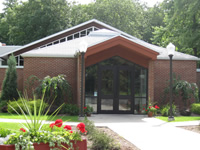
|
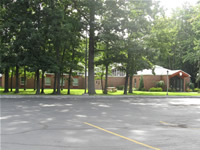
|

|
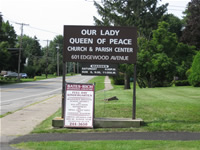
|


|
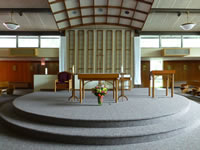
|
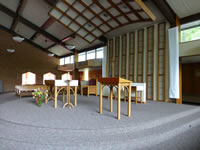
|
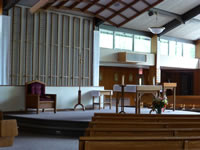
|
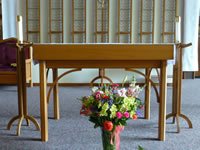
|
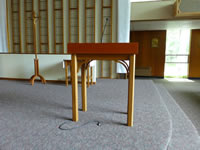
|
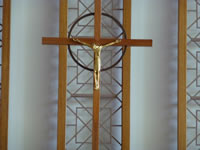
|

|
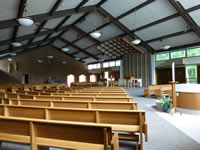
|
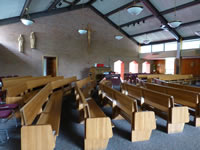
|
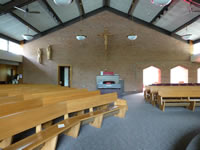
|
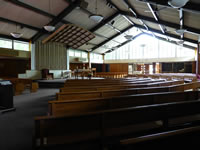
|
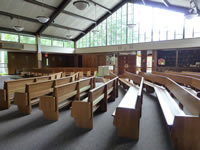
|
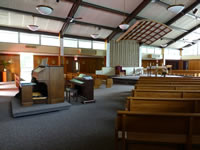
|
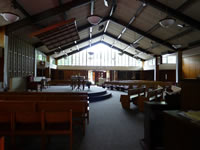
|
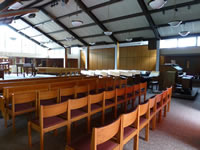
|
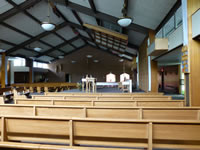
|
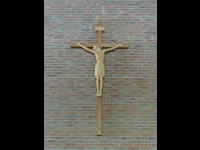
|
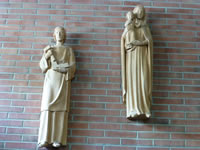
|
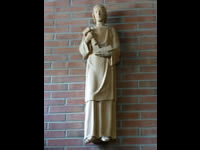
|
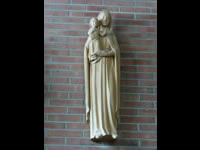
|

|
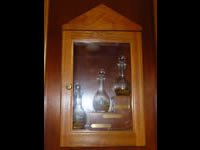
|
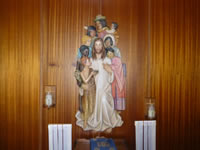
|
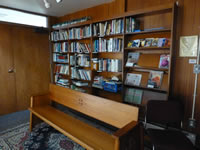
|
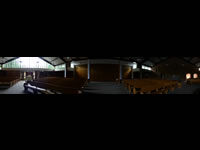
|
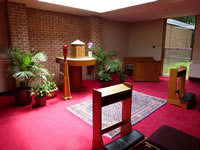
|
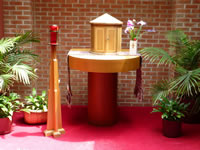
|
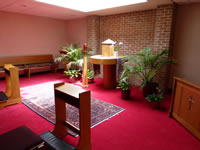
|
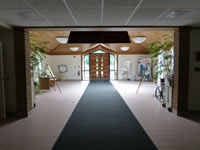
|
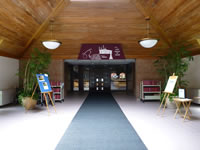
|
||
Stations of the Cross | ||
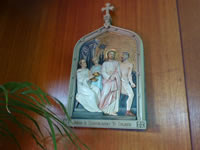
|
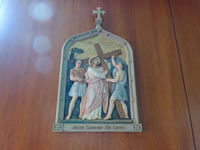
|
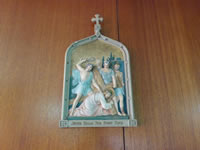
|

|
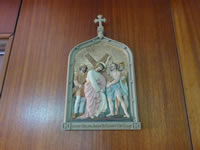
|

|
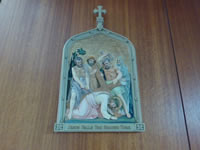
|
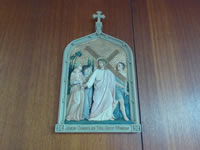
|
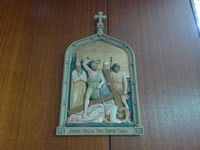
|
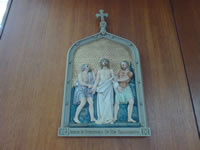
|
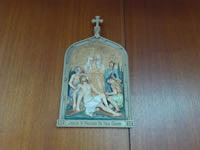
|

|
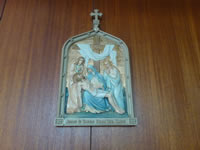
|
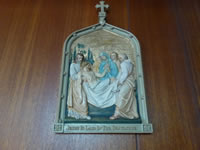
|
|
© 2008-2025 Rochester Churches. All photographs on this site listed under "External" or "Internal" photographs are property of Rochester Churches. Historical images are the property of their respective owners. This site is an independent project not affiliated with the Roman Catholic Diocese of Rochester. Rochester Churches is not for profit. The purpose of this site is to create an online catalogue of Rochester's Catholic churches, past and present.